Military procurement is a weird field. Particularly in western countries, systems are ultimately bought by a group of people who are selected by a process having nothing to do with military expertise.1 Often, those charged with asking for systems take advantage of their confusion, with hilarious results. The most obvious examples of these can be found in what systems are called, which can greatly affect the chances of getting funding.
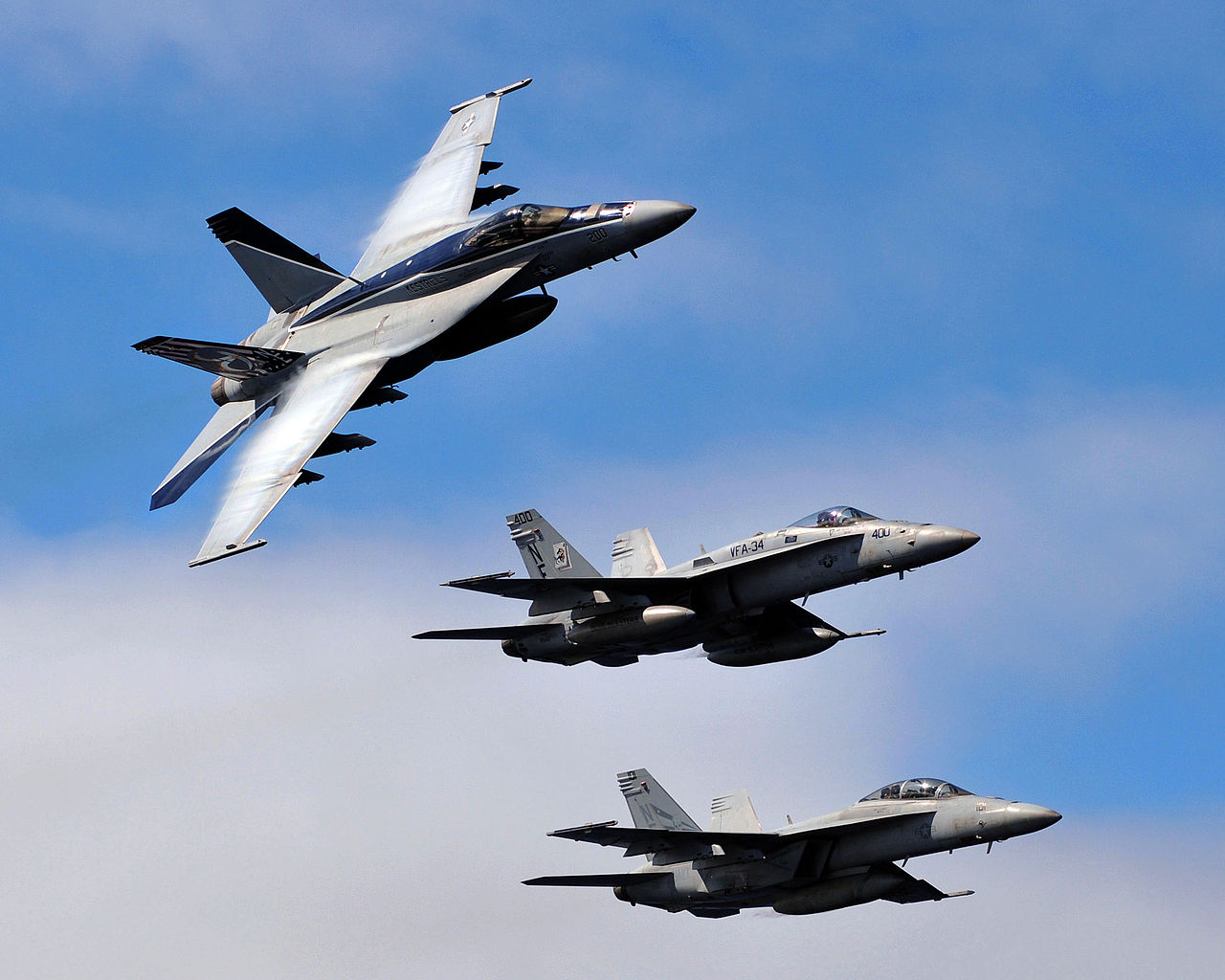
Super Hornets and legacy Hornets fly together
The most obvious dodge is to sell a system as an upgrade of an existing one, when in practice it's a new system that looks a lot like the old one and has the same name. The best example of this is the F/A-18E/F Super Hornet, which was sold to Congress as an evolved version of the F/A-18C/D Hornet in the early 90s. In practice, it was an entirely new aircraft, 4' longer and weighing 30% more. It just looks a lot like the legacy Hornet, which was enough to fool Congress and get the Navy an aircraft it desperately needed to revitalize the carrier strike force for the 21st century.
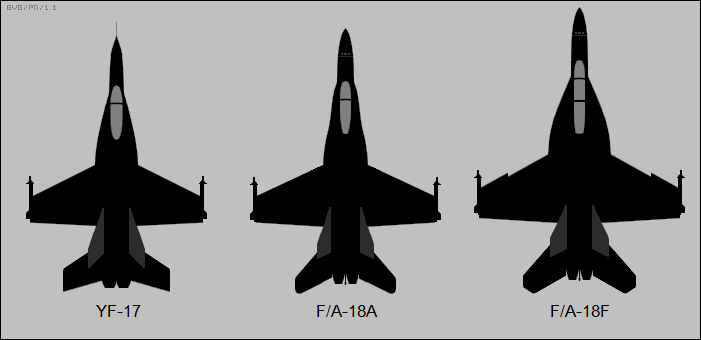
But in many ways, the Super Hornet was just carrying on a family tradition. The origins of the Hornet can be traced to the Northrop YF-17, which competed in the Air Force's Lightweight Fighter competition against the plane that ultimately became the General Dynamics F-16. The Navy was directed to pick a derivative of one of the competitors for its new fighter, and it selected the YF-17, much to the disgust of General Dynamics. In practice, the "derivative" was more or less a new plane that looked a lot like the YF-17, with maximum takeoff weight growing by almost 70%. This redesign was probably the primary reason the Navy went with the YF-17/F/A-18, as General Dynamics and partner LTV appears to have actually offered a navalized F-16, which wouldn't have had the capability the Navy wanted.2
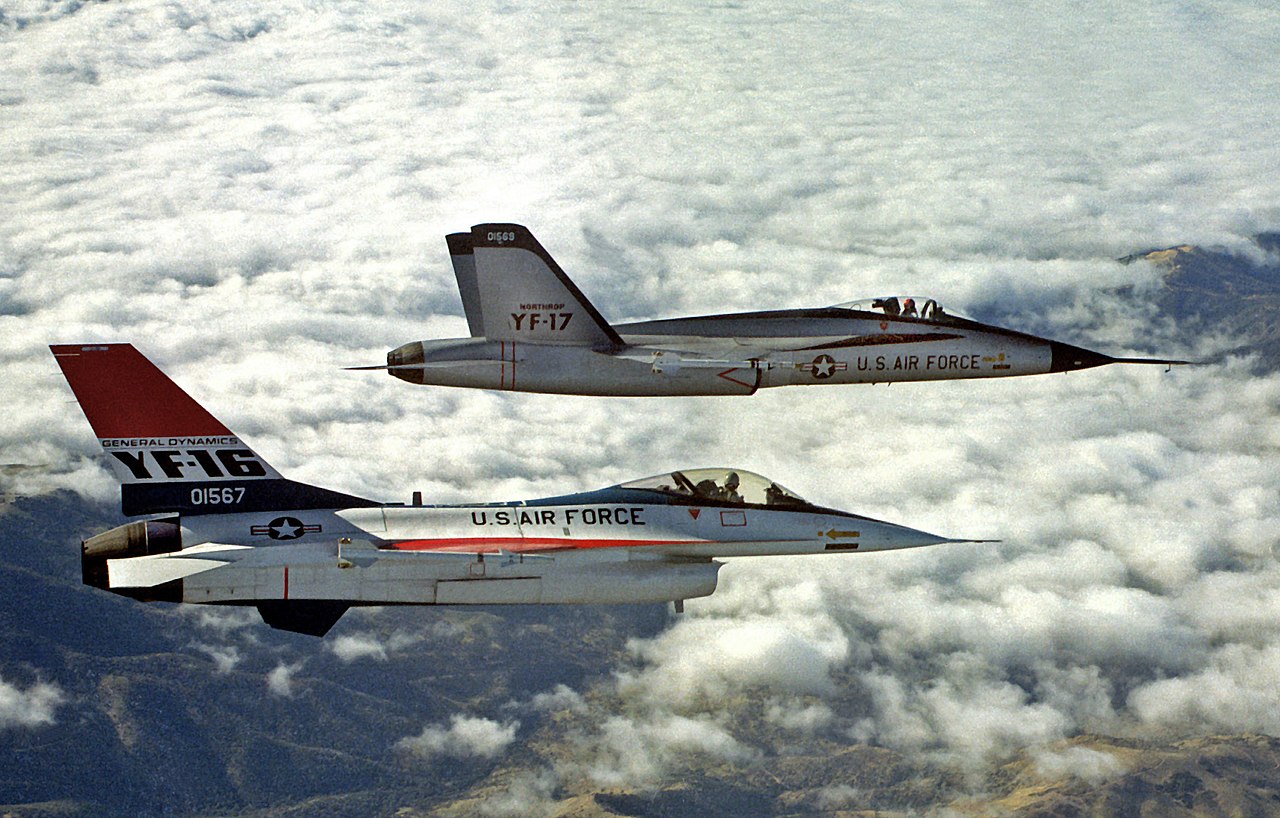
YF-16 and YF-17 fly together
But despite the silliness inherent in lifting up a name and basic shape and sliding a new airplane under it, there is some value in the process. Having to build a plane that is a "derivative" of a previous one enforces a degree of engineering discipline that is often sadly lacking in clean-sheet programs. Note that the Super Hornet program began around 1991, with the first flight in 1995 and operational service beginning in 1999. Compare this to the F-22. The Advanced Tactical Fighter program was initiated in 1981, the prototype first flew in 1991, and service entry wasn't until 2005. Yes, the F-22 was much more ambitious, but it's a rare military program these days that doesn't suffer from massive scope creep. Selling it as a derivative or an upgrade significantly raises the odds that you'll get a useful improvement without the whole thing getting sucked into procurement hell. It's not a panacea, but until we figure out how to enforce design discipline, it might be the best we can do.
Of course, while the Hornet family may be the exemplar of "new design as upgrade", it's far from the only place this has happened.3 The AN/SLQ-32 electronic warfare system the US Navy uses was originally designed in the 1970s, and while several attempts at clean-sheet systems have failed, it's SLQ-32 upgrades have continued to the point where I suspect only the outer casing is the same as on the original. Much the same has happened with the Navy's Standard Missile, which still looks pretty much the same as the late-50s Tartar it was derived from, but which has had every single component replaced, often multiple times.
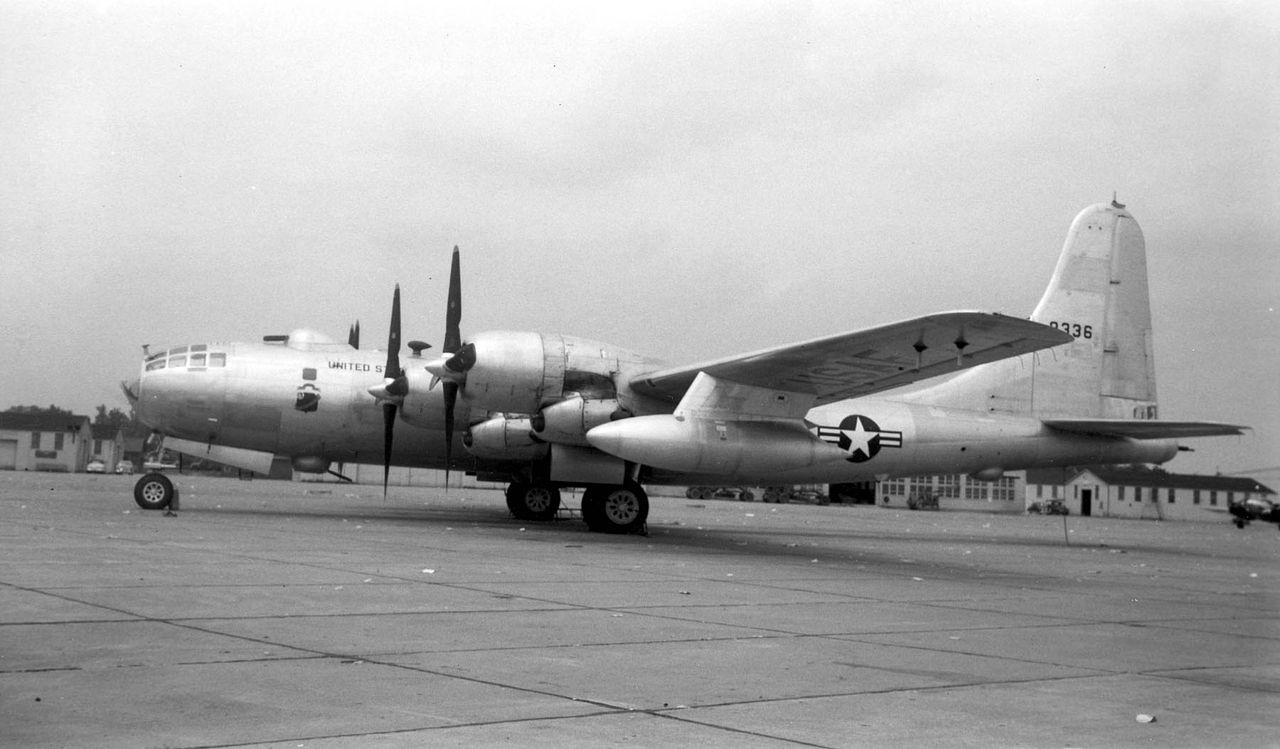
A B-50
Of course, selling as a "minor upgrade" doesn't always work. When WWII ended, the Army Air Force was working on a variant of the B-29 which replaced the original R-3350 engines with more powerful R-4360s. This project was originally designated the B-29D, but the end of the war meant that there was a huge surplus of earlier-model B-29s available. To avoid any awkward questions from Congress about why they were buying new B-29s while they already had plenty of perfectly good ones, it was redesignated as the B-50. The B-50 was important during the early years of Strategic Air Command (SAC), and a few soldiered on as weather reconnaissance planes until 1965. A later example of the same phenomenon took place in the mid-60s, when an upgrade to the Polaris was rechristened Poseidon to reduce political heat on the Kennedy Administration, and the long-range Nike-Zeus ABM was named Spartan, which critics said stood for "Superior Performance And Range Through Advanced Nomenclature". More recently, the Russians have taken to giving variants of the MiG-29 and Su-27 new numbers for marketing reasons.
But this kind of name engineering can go even further, to the classification of systems. 4 Outsiders usually have to go on what systems are called, instead of understanding what is actually going on. Probably the best example comes from the period 1940-1975. WWII fundamentally changed the shape of warships, creating two new types. The first, created during the war, was essentially a slow destroyer intended primarily for anti-submarine work. The second, emerging in the years after the war, was a super-destroyer, usually armed with guided missiles, but smaller than the wartime cruisers. But there was disagreement over what to call these ships. The Americans simply called the first type "destroyer escorts" or "ocean escorts", while they chose "frigate" for the second, inspired by the powerful sailing frigates of the early US Navy. "Cruiser" would be reserved for very large vessels either converted from gun cruisers or built in that tradition.
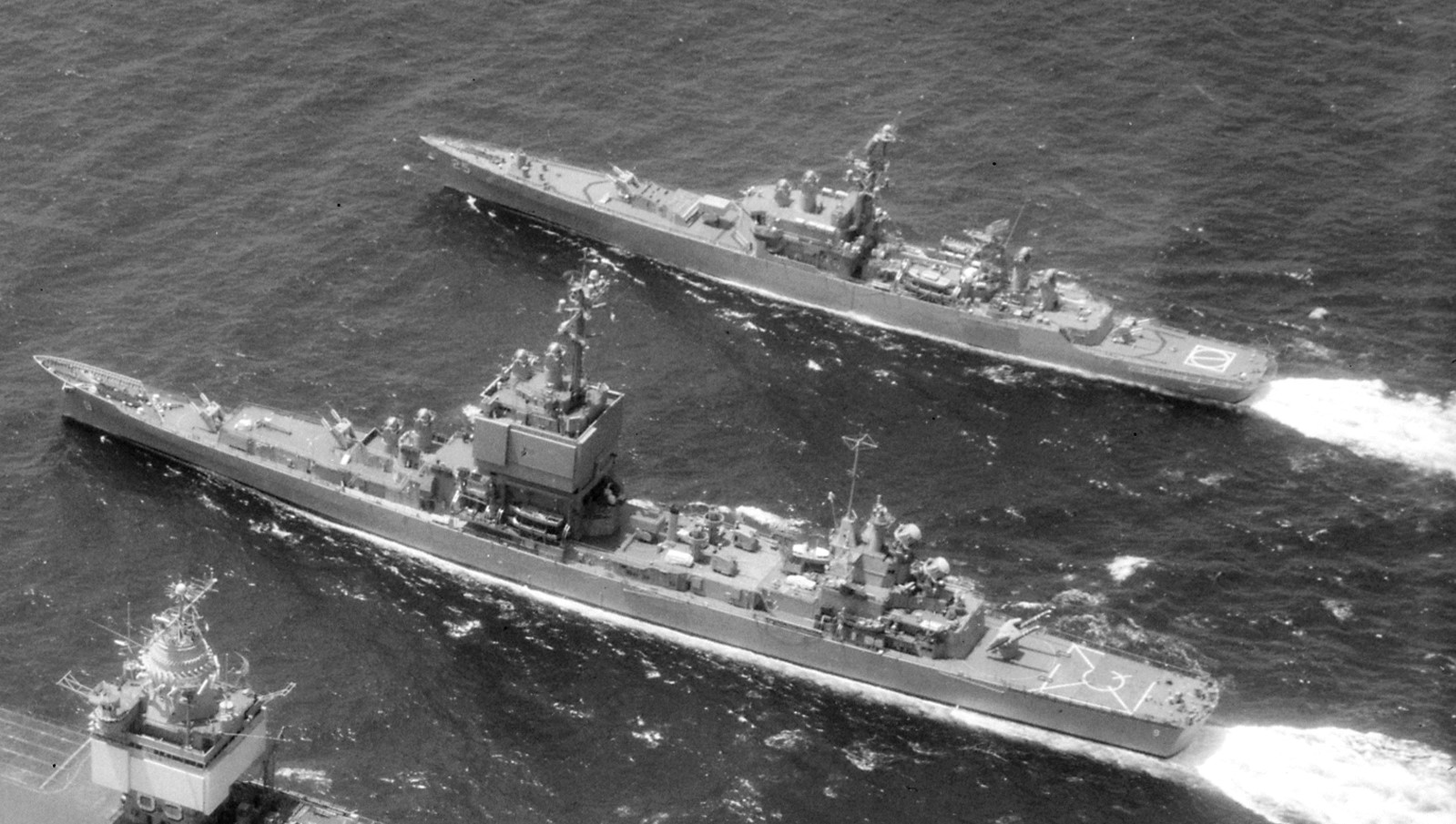
American nuclear-powered frigate (top) and cruiser (bottom)
Unfortunately, the British chose rather different terms for these types, which was echoed by other nations. The smaller ASW escorts were called "frigates", while the super-destroyers were generally classified as cruisers. The British, still playing designation games, classified theirs as destroyers, presumably to make Parliament think they were cheaper.5 Thanks probably to British dominance of the naval reference trade,6 their version came to be more or less standard, and it was applied when the Soviets began their naval buildup, which included a number of ships classified as cruisers that were broadly equivalent to the American frigates. The result was an apparent "cruiser gap" in the mid-70s, as 6 US cruisers were matched in tables against 19 Soviet ships, the frigate line underneath them with 31 vessels generally ignored.
Normally, this might have been a good problem to have, offering as it does a way to get Congress to buy a lot of shiny new ships. However, money was very tight in the years after Vietnam, and as a result, this wasn't going to fly. Instead, the Navy reclassified its ships to line up with the rest of the world on June 30th, 1975. Most of the frigates were now cruisers, bringing the American total to 27 ships, with the 10 smallest ships being reclassified as DDGs instead, while the former ocean escorts were now frigates. Since then, the line between cruiser and destroyer has wandered back and forth as politics has dictated. The Ticonderogas were originally designated DDGs, which made sense given their basis in destroyer hulls. But they became CGs shortly before being laid down, probably because of the failure of the contemporary strike cruiser and fears of another cruiser gap developing. The next class, the Arleigh Burkes, were intended to be cheaper supplements to the Ticonderogas, and as such had to be designated as destroyers, in spite of being bigger than many of the cruisers that had proceeded them. This has often drawn comment, but the USN is unlikely to redesignate, as that might see the buy cut in favor of cheaper destroyers.
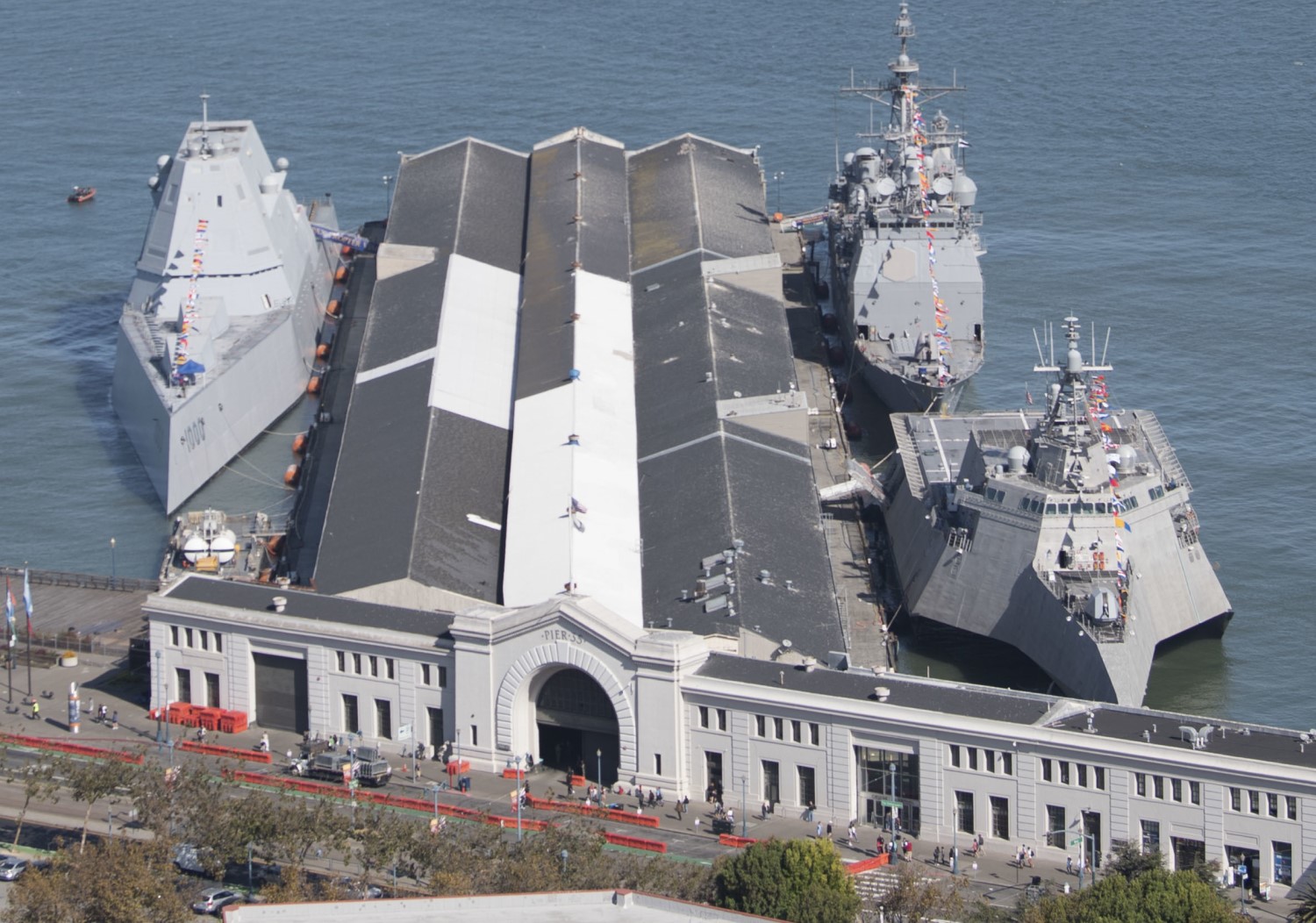
A destroyer (left), cruiser (upper right) and LCS (lower right)
Inertia was also at work in the Zumwalt class, by far the biggest American surface combatants since Long Beach, the last real cruiser. The program originated as a cheap land-attack destroyer, before unprecedented stealth levels and cramming aboard every neat gadget the Navy could dream up drove up size and cost. Despite this, and being armed with 6" guns, they remain designated as destroyers today.7 In other countries, even destroyers are seen as too expensive, with "frigate" being the standard for ships in the 21st century. I've heard that this was one of the reasons for the cutting of the Type 45 buy from 8 to 6 ships, even though the actual savings were probably pretty minimal.
Nor is political type naming limited to the Anglosphere. Japan designates all of its surface warships, including several helicopter carriers that will soon also host F-35Bs, as "escort ships", using a phrase that literally translates as something like "safeguard defense warship". This is usually rendered in English sources as "destroyer", but it's a completely different phrase from that used pre-1945, which translates as something like "drive pursue warship", more or less in keeping with the role of destroyers at the time.8
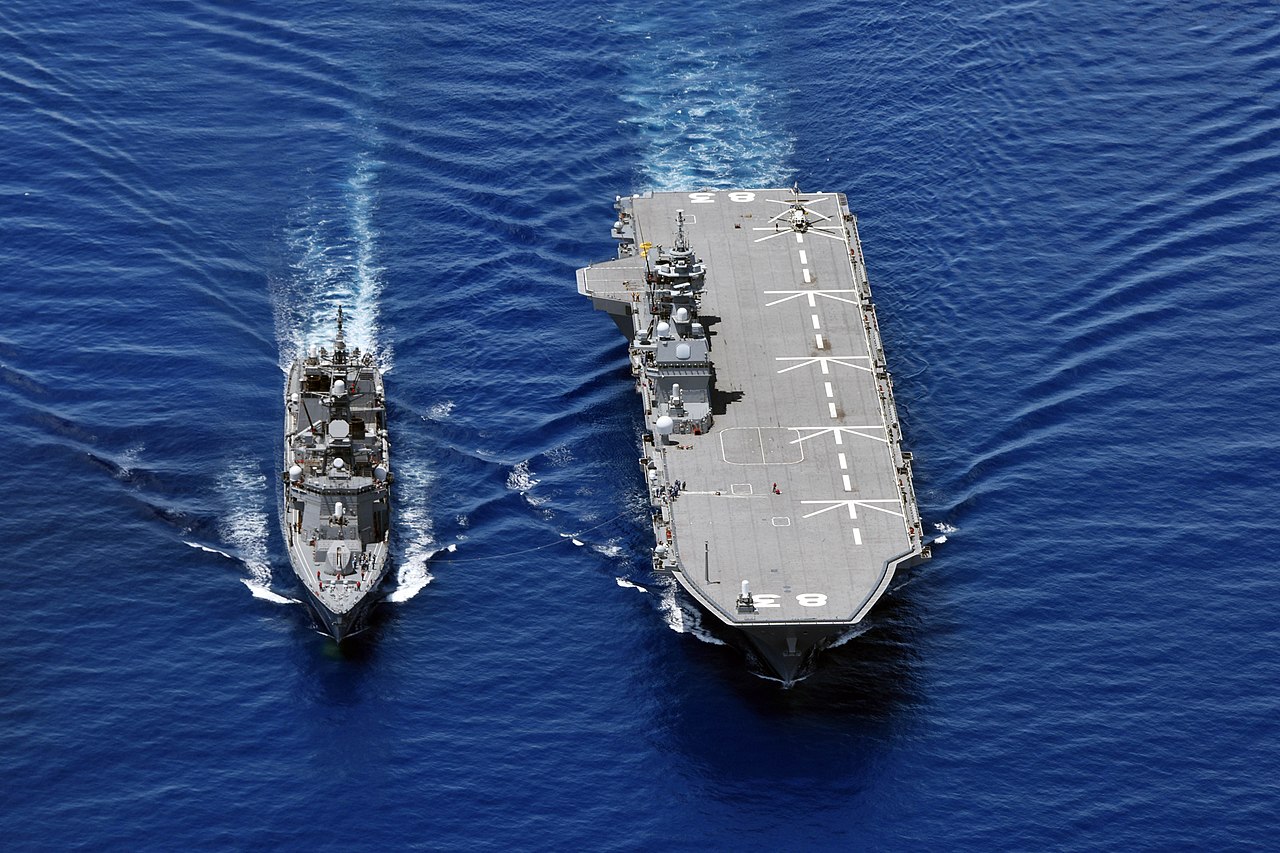
Two Japanese escort ships work together
But ultimately all of this comes down to the fact that these kinds of naming games do serve a useful purpose. It would be nice if politicians and the public understood defense well enough that such tactics weren't necessary, but in the world we live in, they are often useful in getting systems through the procurement process, and providing some entertainment for onlookers along the way.
1 Just to be clear, this is not an attack on the concept of civilian control of the military, which is very important. Countries where the military is left to run itself have a horrible record of confusing means ("we will do Y if X happens") and ends ("we should do Y"). Imperial Germany and Imperial Japan are notable examples of this problem, and our current system is probably the best one. It's also much funnier than the others. ⇑
2 I suspect that the Navy's stated preference for twin-engine airplanes dates to this battle, and is another case of doing things that make sense to outsiders such as Congress. It was one of the major distinctions between the two airplanes, but by the mid-70s, jet engines were quite reliable, and the Navy had been happily operating several single-engined planes, notably the F-8, A-4 and A-7, for two decades. ⇑
3 To prove this isn't limited to the US, the Soviets did the same thing with the Tu-22M Backfire, which the designation suggests is a variant of the Tu-22 Blinder, even though it was a completely new aircraft. Honorable mention goes to the F-84 Thunderstreak and F9F Cougar, which were sold in the early 50s as swept-wing derivatives of the straight-wing F-84 Thunderjet and F9F Panther respectively. This was more true than with the Hornets, although the swept-wing F-84 had only about 55% tooling commonality with its straight-wing predecessor, and should arguably have gotten a new number. ⇑
5 Things could have been very different. The first super-destroyers were arguably the British Tribal class of the mid-30s (although they were overtaken by ship growth during the war, so it wasn't particularly obvious in retrospect), and they were very nearly referred to as "frigates", before the term was dropped. "Support Destroyer" and "Cruiser Destroyer" were strong contenders, before the type was simply called destroyers, and set off by being named after tribes instead of traditional British destroyer names. ⇑
6 The US didn't get into this game until 1977, and even then, it was with an English translation of a French book. ⇑
7 In fact, this may be the origin of the persistent issues with their 6" guns. Destroyers armed with guns of that caliber have never worked well, most notably German attempts to gain an advantage in surface battles that just left the ships overloaded and slow-firing. ⇑
8 Even more apt descriptions are used for other types of ship. Aircraft carrier was "navigate sky mother warship", battleship was "battle warship", cruiser was "patrol ocean warship", battlecruiser was "patrol ocean battle warship" and light cruiser was "inferior patrol ocean warship". ⇑

Comments
What is the sad misbegotten ship in the top right of figure 6?
That's a Ticonderoga. In front of it is an LCS-2.
The dumbest thing about the zumwalt designation that they're called DDGs, but theoretically continue the numbering of DDs. Pick one, dammit!
Oh, looking at it on a better screen, I can make out a relatively normal looking bow section. It blended in before, and I thought that the large vertical face of the super-structure continued all the way down to the keel - like someone had taken a normal ship and cut the front third off with a band saw.
I suppose I owe Ticonderoga an apology.
Congratulations on finding an angle that makes the LCS look even weirder than usual. That's quite a feat.
Following the Japanese helicopter defense ship drama had been hilarious. I have to wonder if the military was deliberately trolling by giving them WWII carrier names.
Technically, only one (Kaga) really has a carrier name. Izumo was a cruiser, while Ise and Hyuga were both battleships that had extremely bad partial carrier conversions done to them.
I think that the best option is to just adopt the literal translations of the WW2 Japanese names. They are refreshingly clear.
Also the Tu-22M shows that it isn't just the US that sells new planes as upgrades of old ones.
MiG and Sukhoi have been doing the opposite after the end of the cold war and giving a new number to upgrades of existing designs (it's been said that some years they produced more designations than airframes).
Good point on both of those, and I've edited the post to mention them.
I think the Japanese are being a little sneaky with the word games - the helicopter carriers have all gotten ancient province names (previously battleship territory), but all the names have naval aviation links. Three of them are obvious - but Izumo is a tricky one. I think that is actually a reference to Hiyo, who before her conversion to a carrier was laid down as an ocean liner... named Izumo Maru.
My bad: had the false memory that they had (or were going to) name one Akagi as well.
In my defense most of my modern japanese navy intel comes from Kancolle cosplayer twitter.
Wait no that's a terrible defense--
re. the frigate-cruiser shenanigans, wasn't there some of the same thing when the British reworked their cruiser classifications? From protected/armoured to 1st/2nd/3rd, and again to armoured/light?
And then, of course, there are the various carriers-that-are-cruisers.
Russia's carriers are officially "Heavy Aircraft-Carrying Cruisers", largely because the Montreux Convention allows cruisers of unlimited tonnage operated by Black Sea states to pass the Turkish Straits but limits carriers to 15,000 tonnes.
The Invincible-class carriers were also originally "through-deck anti-submarine cruisers", which IIRC was to make them more palatable to Parliament.
(A weird aside- I think the Russians call their SSBNs "underwater missile cruisers")
@AlphaGamma
Good point there, particularly on the Invincibles, although I believe the term was actually "through-deck command cruiser". I knew about the Montreaux Convention stuff (wrote about that elsewhere), but I didn't know about the SSBNs.
@echo
I don't know about the cruiser reclassification offhand. It's been a while since I looked into that.
The Soviets called all their real submarines as cruiser submarines (hence K instead of S) because of their long range.
For the Italian Navy, both the Cavour and the Garibaldi are "Aircraft-Carrying Cruisers", while the Trieste is an LHD.
The Trieste should house F-35Bs ONLY if the Cavour is not available.
The Garibaldi is going...
... going to be converted to a space rocket launch platform...
I would have expected that the Montreaux Convention had some definitions of class more strict than "This is what I call it"
The people writing it probably just thought that everyone knows what all the types of warship they referred to were.
It did, which is why the Russians have technically never built an aircraft carrier. The details are kind of messy, and I believe a lot of them were cribbed from the Washington Naval Treaty.
I wonder how much of the current Japanese type-name conventions are down to the JMSDF being (officially anyway) limited more strictly to self-defense than other navies.
I should note that splitting Japanese terms that have Kanji morphemes down to the single characters is not always the most accurate. For example, "navigate sky", while technically 2 characters, combine together to make the Japanese (and also Chinese) term for "aviation" or more literally "aeronautics". So it's much more accurately translated to "aviation mother ship". Chinese characters is not TAHT schizophrenic. Same thing goes for the "patrol ocean" thing, and the two together is just the word for "to cruise(militarily)".
I will admit that this was done purely with the simplest of Japanese translation tools, and that footnote was included because I thought it was interesting. "Navigate sky mother warship" and "patrol ocean warship" are both cases which translate quite cleanly to their western equivalents even if I don't know that the digraphs have more meaning.